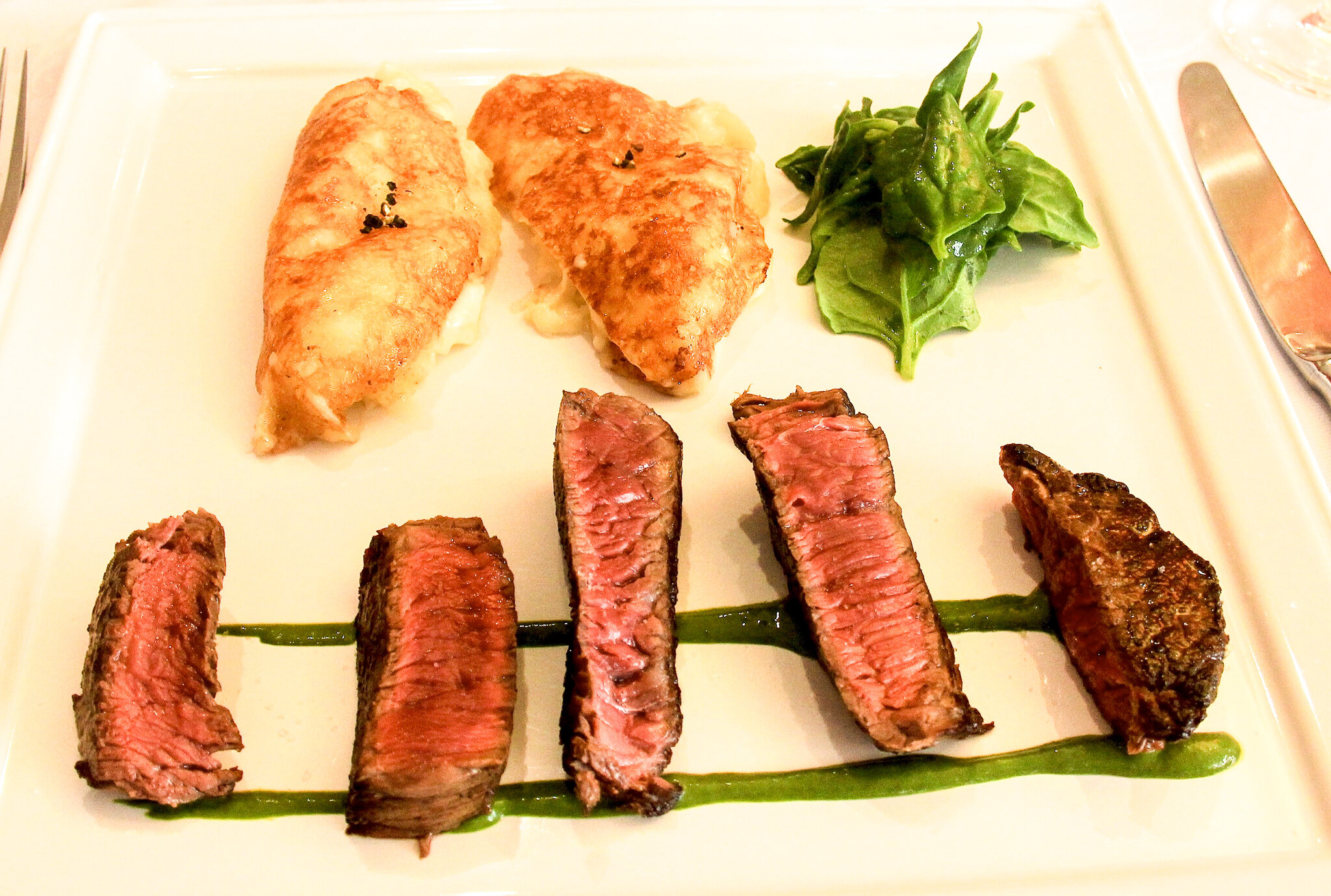Rural France - Cantal - Part 3
For us it was upwards and onwards – this time to the St Etienne Cantalès Lake where we were to do a walk around the Puech des Ouilhes peninsula.
The lake is in fact a reservoir – a rather beautiful wood-lined one – and it has all the usual refinements the French love to go in for. Give them a watering hole and the French will erect diving boards, float pedaloes, create artificial sand beaches, build cafes - and great gangs of well behaved teenagers will droop around looking ethereal and beautiful.
After another night’s stay at the Auberge de Concasty we were off to the area’s capital the next morning. Aurillac is a splendid and ancient market town built on a river - and we were given a tour of its vast cathedral and the older districts before being taken to a perfume making place in a backstreet.
Lunch at Les 4 Saisons in a quiet backstreet was a masterpiece of French cooking, primarily because the main course consisted of a huge lump of rare beef which had left this mortal coil while being part of a Salers bullock.
I’ll tell you more about these first class beef and cheese producing beasts because now it was upwards and onwards again – this time miles and miles, higher and higher, up into big hills which you could even call mountains since their peaks are over 6000 feet.
And what were we to visit in all this vertiginous glory? A special museum that extols the virtues of the aforementioned Salers cattle. At which point I must ask: why haven’t we got a special museum to highlight the virtues of Red Devon cattle?
I’ll tell you: because the French are much better at celebrating their natural wonders than we are – and also because they seem extraordinarily adept at persuading the EU to part with essential funding.
Anyway, the museum was interesting as it explained the transhumance which used to take place and to some extent still does – although modern farmers no longer driver their cattle up into the mountains for summer on foot, but take the beasts up in the back of trucks. If I liked eating Salers beef and also liked learning about the strain of cattle - I liked visiting the town which gives them the name even more.
Salers is often said to be the most beautiful village in France – sometimes it gets beaten by some place on the other side of the mountains. Think: medieval Dunster – but perched vertically above the meeting of two huge deep mountain valleys.
It’s a bit touristy, for sure, but I liked the old place and all its cobbled streets and ramparts. And I loved my suite at the Hotel Saluces – one of the more elderly buildings in town – by which I mean, it probably isn’t a day under 1000 years old.
The next morning we went hiking in one of the vast valleys – called the Cirque de Récusset – and then climbed higher towards the mighty Pas de Peyrol.
Up here I had one of my Les Grand Meaulnes moments – or, at least, a vibrant memory from my youth. The cow-herds who used to bring the Salers cattle up here would stay all summer tending the cows, milking them and making cheese – and in order to do so they occupied solid little stone buildings called burons.
Some 3,000 burons once peppered the hills of the Auvergne, now only three are occupied by cattlemen making cheese. However, one isolated buron has been preserved intact and, with the help of a solar panel on the roof, even has a kind of interactive information centre inside.
The first thing you hear is the disembodied voice of a cattleman singing a truly haunting song. I recognised it instantly as being one of a collection of folk songs entitled the Chants of the Auvergne which were collated and arranged for soprano voice and orchestra or piano by Joseph Canteloube between 1923 and 1930.
In Britain this music became famous in 1972 after it was used in a well known Dubonnet TV advert – and it was the first bit of “classical” music which I went out and bought. Hearing the raw original version up here on this lonely mountainside sent pleasant shivers down my spine…
The cattle still munch on the mountain-sides – indeed, they reckon there are five to every one human in the Cantal. But, then, these people do love their cheese. In fact they like it so much it is served in places like Le Bailliage restaurant in Salers and in the Hotel Beau Site Garabit (where I spent my final night) as a special course before pudding.
And don’t think of ruining your cheese with bread or crackers… The people of the Cantal just eat the stuff on its own in big flavoursome slabs.
I can think of worse ways to die. But then I can think of worse fates than being lost forever in the Cantal.
Fact File
Martin went to the Cantal as a guest of Atout France – see
www.auvergne-tourism.com and www.cantaltourisme.fr
ATOUT FRANCE
Email: info.uk@atout-france.fr

















